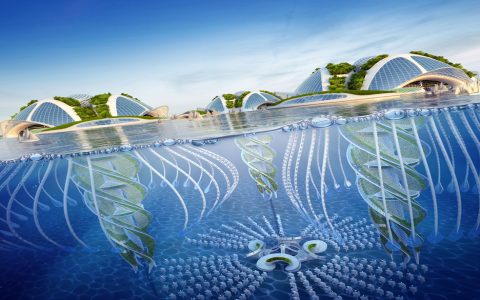Izhar Gafni's cardboard bicycle achieves remarkably low production costs primarily through innovative material use, design ingenuity, and streamlined manufacturing. Here's a breakdown of key cost-saving factors:
Core Cost-Reduction Factors
- Material Cost: Primary construction uses recycled cardboard ($0.10-$0.20/kg). This is significantly cheaper than steel ($0.50-$1.50/kg), aluminum ($2.00-$4.00/kg), or carbon fiber composites ($15.00-$40.00/kg).
- Reduced Processing: Cardboard requires minimal energy-intensive processing versus metals (smelting, refining, rolling) or plastics (injection molding). Forming relies heavily on folding techniques.
- Eliminated Tooling: Designs minimize reliance on expensive custom molds and dies associated with metal forming or plastic injection molding. Cutting/stamping cardboard is simpler.
- Labor Efficiency: Assembly involves fewer complex joints than traditional bikes. Processes leverage origami-like folding and adhesive bonding rather than welding or extensive mechanical fastening.
Supporting Design & Production Strategies
- Monocoque Structure: Frame and key components are formed from folded cardboard into a single, strong unit, minimizing parts.
- Protective Resin: Cardboard layers are treated with inexpensive, water-resistant resins ($1-$5/kg range) instead of elaborate coatings, sealing and hardening the material cheaply.
- Minimal Mechanicals: Cost focus is on the frame material/structure. Drivetrain components (pedals, chain) remain conventional but standardized and minimized.
- Flat-Pack Design: Components ship flat-packed, drastically reducing shipping volume and associated logistics costs versus assembled bikes.
- Supply Chain Leverage: Utilizes established, low-cost cardboard production infrastructure instead of specialized bike component manufacturing facilities.
- End-of-Life Simplicity: Single-material dominance makes recycling/disposal easier, lowering potential environmental management costs compared to multi-material composites.
The fundamental cost advantage lies in substituting high-cost, energy-intensive materials and processes with ubiquitous, low-cost cardboard configured through smart structural design and simple finishing.







